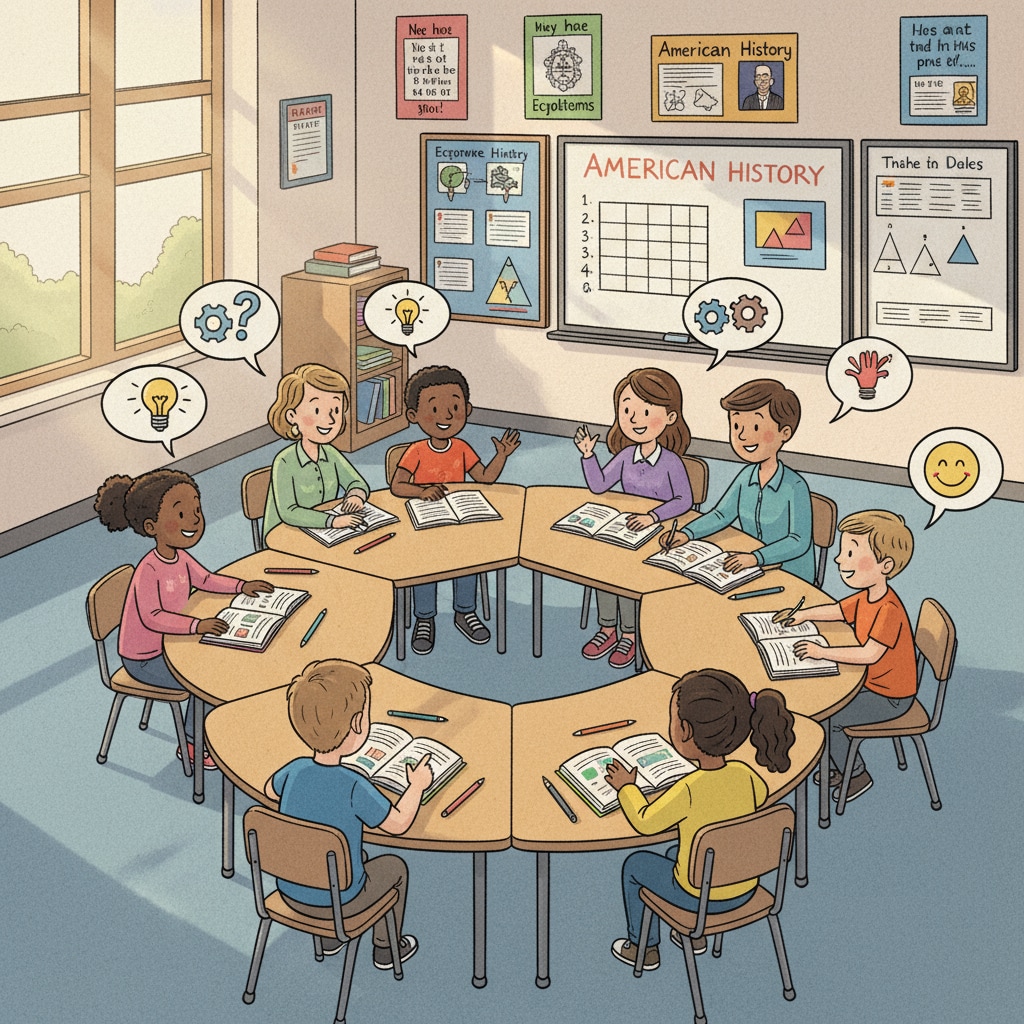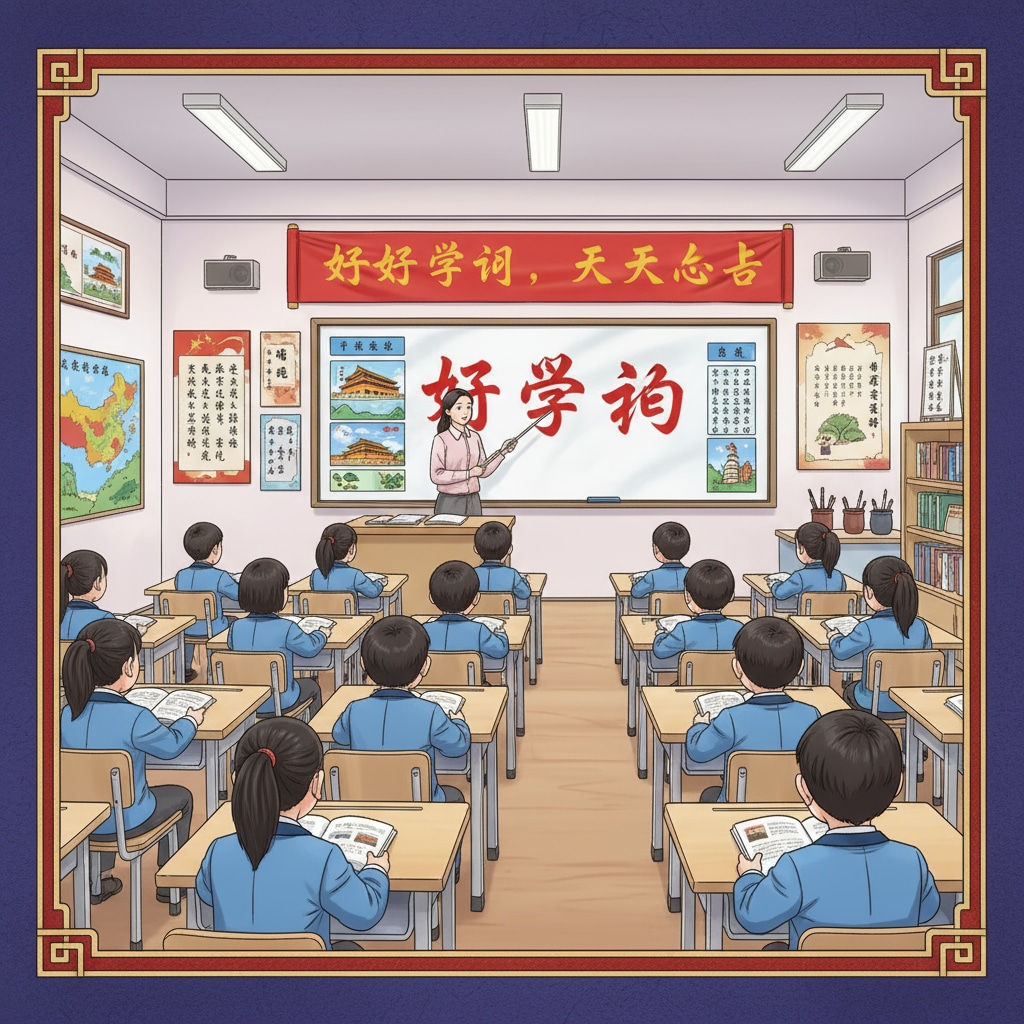Education systems, cultural differences, and learning pressures are crucial aspects to consider when comparing the K12 education in the United States and China. These factors significantly influence the way students learn and develop.

In the United States, the K12 education system emphasizes individualism. Students are encouraged to express their unique ideas and explore their interests. This approach is deeply rooted in American culture, which values independence and self-expression. For example, in a science class, students might be given the freedom to choose their own research topics and design experiments. According to Wikipedia’s Education in the United States page, this educational philosophy aims to cultivate well-rounded individuals with strong critical thinking skills.
Learning Pressures in the US Education System
However, this system also comes with its own set of learning pressures. Although the focus is on individual growth, students still face the pressure to succeed in standardized tests. These tests play a significant role in college admissions and academic evaluations. Additionally, the competition for spots in top universities can be intense. Students often engage in various extracurricular activities to stand out. As a result, they may experience stress trying to balance academics and personal interests.

In addition, the cost of higher education in the US is a major concern for many families, adding financial pressure to students’ educational pursuits.
Cultural Influences on Chinese K12 Education
On the other hand, Chinese K12 education is greatly influenced by its long – standing cultural traditions. Respect for elders, authority, and a strong work ethic are deeply ingrained in Chinese culture. In the classroom, students are taught to listen attentively to their teachers and follow instructions precisely. This cultural influence is reflected in the teaching methods, where rote learning and memorization are sometimes emphasized. According to Britannica’s Education in China page, this approach aims to build a solid foundation of knowledge for students.

Chinese students often have a heavy workload, which is also related to the cultural value of hard work and academic achievement.
The learning pressure in the Chinese education system is quite intense. The highly competitive college entrance examination, known as the Gaokao, is a major source of stress for students. They spend years preparing for this exam, often sacrificing their leisure time. Parents also have high expectations for their children’s academic performance, adding to the pressure. However, this system also produces students with strong academic fundamentals and a high level of discipline.
Readability guidance: By comparing these two education systems, we can see how education systems, cultural differences, and learning pressures interact. Each system has its own strengths and weaknesses. In the end, educators and policymakers should draw on the best practices from both to create an educational environment that balances academic achievement and holistic development for students.


